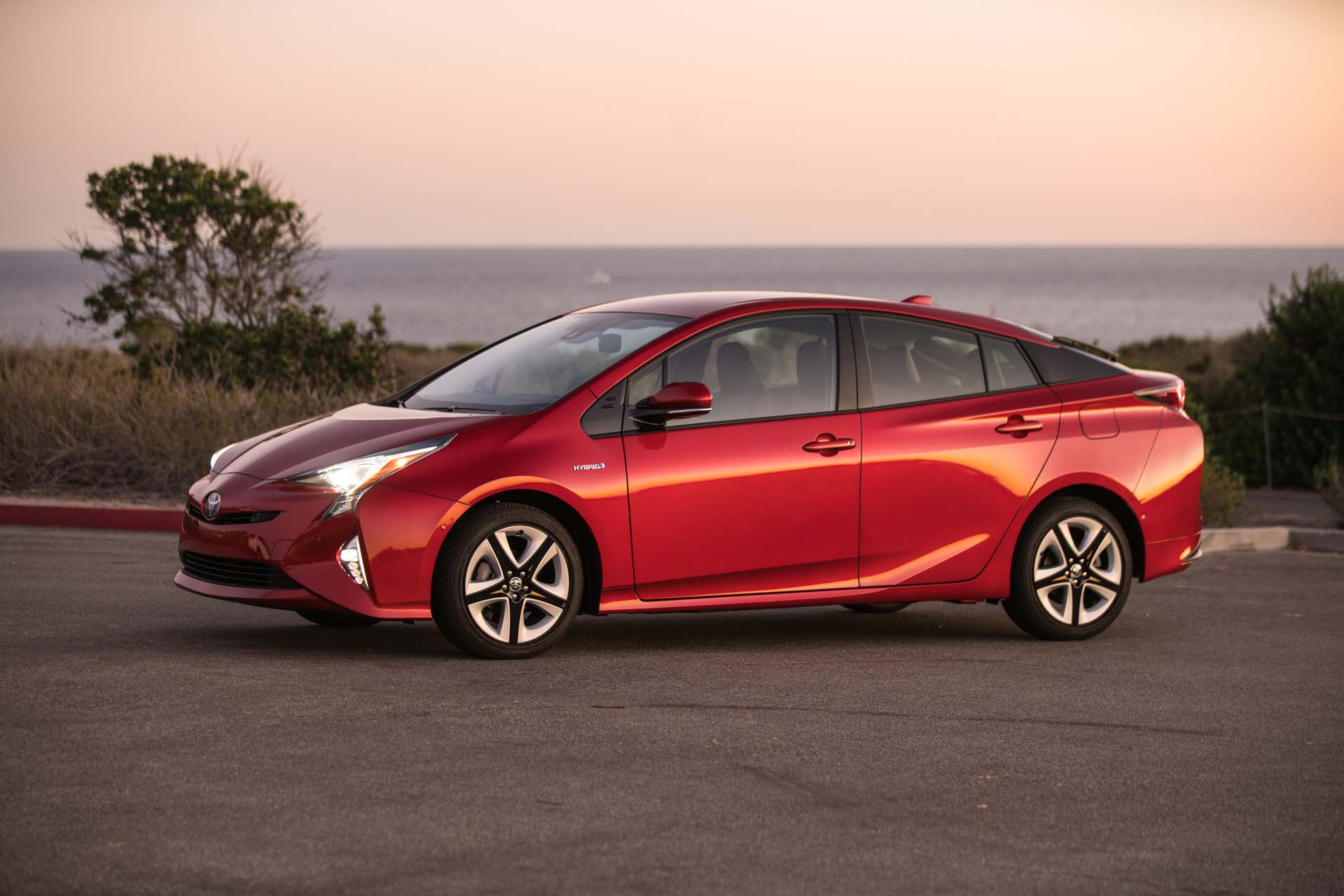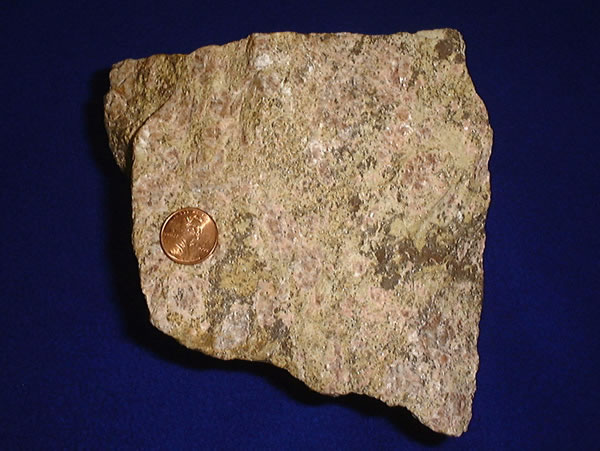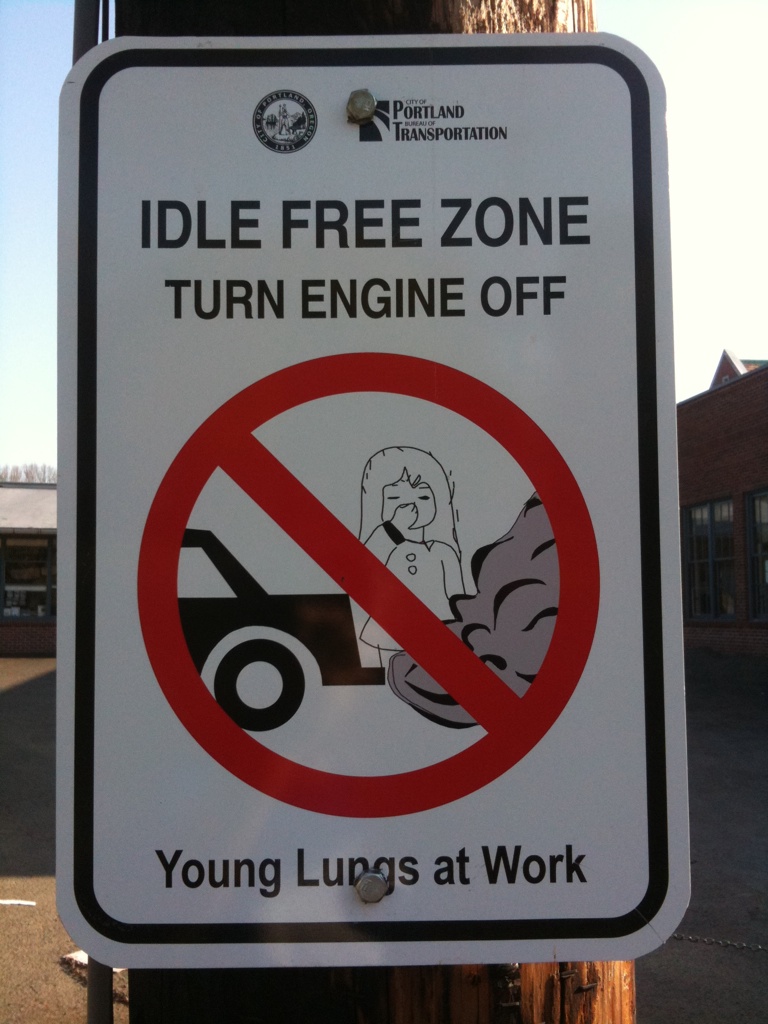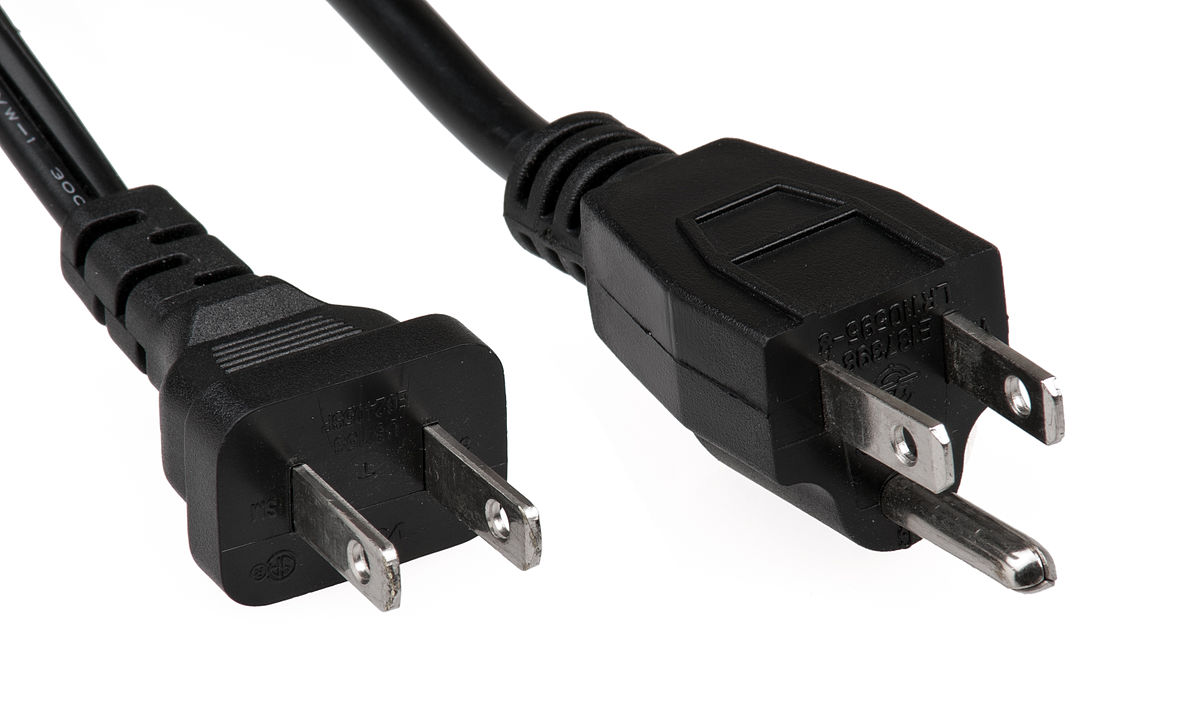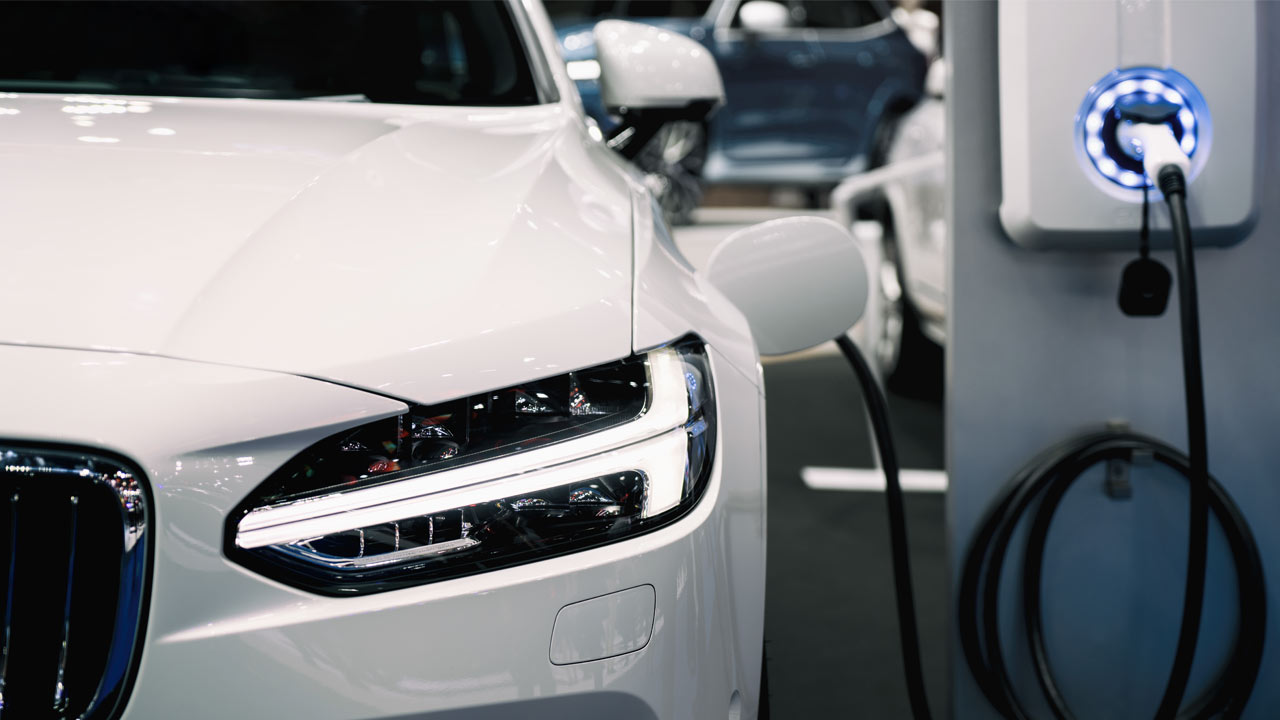I've developed a concept called "complementary" electrical and mechanical bikes to explain how the pair work together to synergistically cover the vast differences on Tour Divide. Terrain is one obvious difference. Charging is a more subtle difference. Charging time is 2.5 hours. The Creo main battery is practically non-removable. The range of extender batteries is a meager 40 miles.
I refer to the Creo as a "hybrid", rather than an "eBike", because of the frictionless decoupling of the motor. The Creo functions equally well with or without electrical power. The Creo is "complementary" unto itself. My initial strategy to avoid recharging for distances over 100 miles, was to decouple the motor to pedal without electric assistance. A much more complementary approach is to carry both a mechanical and electrical bike. A pair of powered and unpowered bikes substantially reduces the high voltage requirements on the vehicle.
The RAV4 Prime battery capacity is ten times larger than the 2021 Sienna. A pair of complementary bikes makes the 2021 Sienna a much more feasible tool, compared to the RAV4 Prime. Reducing the high voltage needs is a much more effective approach.
The RAV4 has an optional 6.6Wh Level 2 charger, which reduces charging time to 2.5 hours. I found Level 2 charging to be non-existant on the 400 miles between Grand Teton NP, WY and Steamboat Springs, CO. The 2021 Sienna is a "mild hybrid", rather than a "full hybrid" or Plugin (PHEV), which is a big advantage on stationless legs of the Tour Divide.
The 2021 Sienna and RAV4 Prime have a Continuously Variable Transmission (CVT) or Split Power architecture, which allows the high voltage electrical system to function as an electrical generator when idling. This feature is not available on some hybrid architectures, because the gas engine only runs at speeds over 45mph. The motor-generator 1 or MG1 compensates for the small HV batteries found in mild hybrids.
The mechanical function of decoupling the motor from the drivetrain is present on both the Creo eBike and 2021 Sienna minivan. Another peculiar similarity between the two is they are both high voltage. The Creo is a 48VDC system.
Unless you completely separate the high voltage electrical system from the drivetrain in your thinking of a hybrid, you will be unable to find the most appropriate solution.
All of a sudden the 2021 Sienna has become a realistic option.
I refer to the Creo as a "hybrid", rather than an "eBike", because of the frictionless decoupling of the motor. The Creo functions equally well with or without electrical power. The Creo is "complementary" unto itself. My initial strategy to avoid recharging for distances over 100 miles, was to decouple the motor to pedal without electric assistance. A much more complementary approach is to carry both a mechanical and electrical bike. A pair of powered and unpowered bikes substantially reduces the high voltage requirements on the vehicle.
The RAV4 Prime battery capacity is ten times larger than the 2021 Sienna. A pair of complementary bikes makes the 2021 Sienna a much more feasible tool, compared to the RAV4 Prime. Reducing the high voltage needs is a much more effective approach.
The RAV4 has an optional 6.6Wh Level 2 charger, which reduces charging time to 2.5 hours. I found Level 2 charging to be non-existant on the 400 miles between Grand Teton NP, WY and Steamboat Springs, CO. The 2021 Sienna is a "mild hybrid", rather than a "full hybrid" or Plugin (PHEV), which is a big advantage on stationless legs of the Tour Divide.
The 2021 Sienna and RAV4 Prime have a Continuously Variable Transmission (CVT) or Split Power architecture, which allows the high voltage electrical system to function as an electrical generator when idling. This feature is not available on some hybrid architectures, because the gas engine only runs at speeds over 45mph. The motor-generator 1 or MG1 compensates for the small HV batteries found in mild hybrids.
The mechanical function of decoupling the motor from the drivetrain is present on both the Creo eBike and 2021 Sienna minivan. Another peculiar similarity between the two is they are both high voltage. The Creo is a 48VDC system.
Unless you completely separate the high voltage electrical system from the drivetrain in your thinking of a hybrid, you will be unable to find the most appropriate solution.
All of a sudden the 2021 Sienna has become a realistic option.
Last edited:








